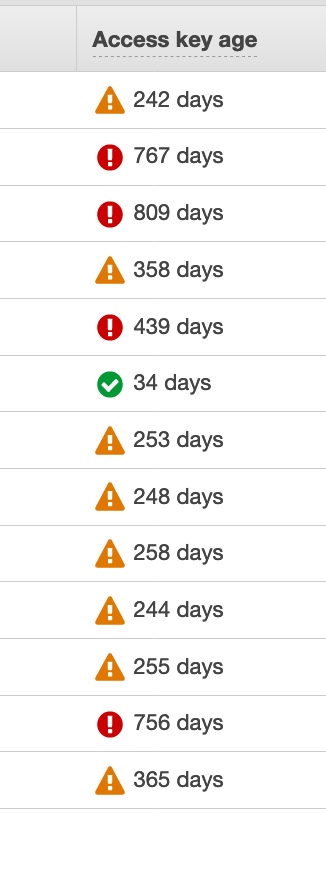
Okay, this is as good a topic as any to do a thread on: @awscloud S3 Intelligent Tiering.
It's not the panacea you might hope it would be!
It's not the panacea you might hope it would be!
https://twitter.com/ajassy/status/1325989822771548161
The idea is awesome; you store objects in the Intelligent Tiering storage class. As they go longer without being accessed, they get moved into first infrequent access, and then (as of today, if you enable it), into Glacier / Glacier Deep Archive. You pay less over time!
The caveats that you'll smack into here.
1. Only objects larger than 128kb are transitioned. A bunch of small objects will stay at Standard Tier pricing.
1. Only objects larger than 128kb are transitioned. A bunch of small objects will stay at Standard Tier pricing.
2. There's a per-object monitoring charge. For a lot of sufficiently small objects, you're going to pay the monitoring charge on things that will never be transitioned.
3. Every object that you store in S3 Intelligent Tiering is charged for 30 days of storage, regardless of how long it lives. So if you're using S3 as a message queue, this is going to get... spendy.
4. While Glacier / Glacier Deep Archive storage is awesome for cost, retrieval latencies are measured in minutes or hours. That's a long time to watch your "loading" spinner circle your screen.
So, is S3 Intelligent Tiering awesome? Hell yes--we recommend it to our customers constantly.
But we run a bunch of analytics *FIRST* to make sure nobody is about to get a Surprise Bill.
But we run a bunch of analytics *FIRST* to make sure nobody is about to get a Surprise Bill.
I maintain that @awscloud S3 is the eighth wonder of the world, and this doesn't change that perception any.
/fin
/fin
• • •
Missing some Tweet in this thread? You can try to
force a refresh










